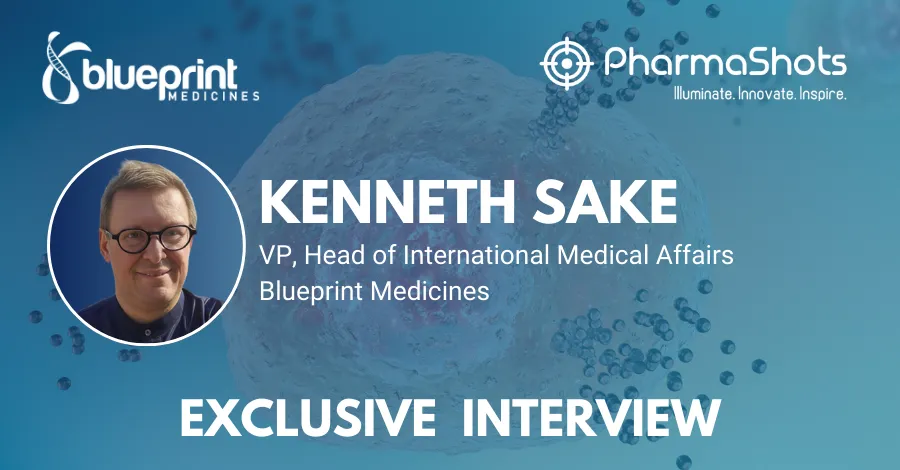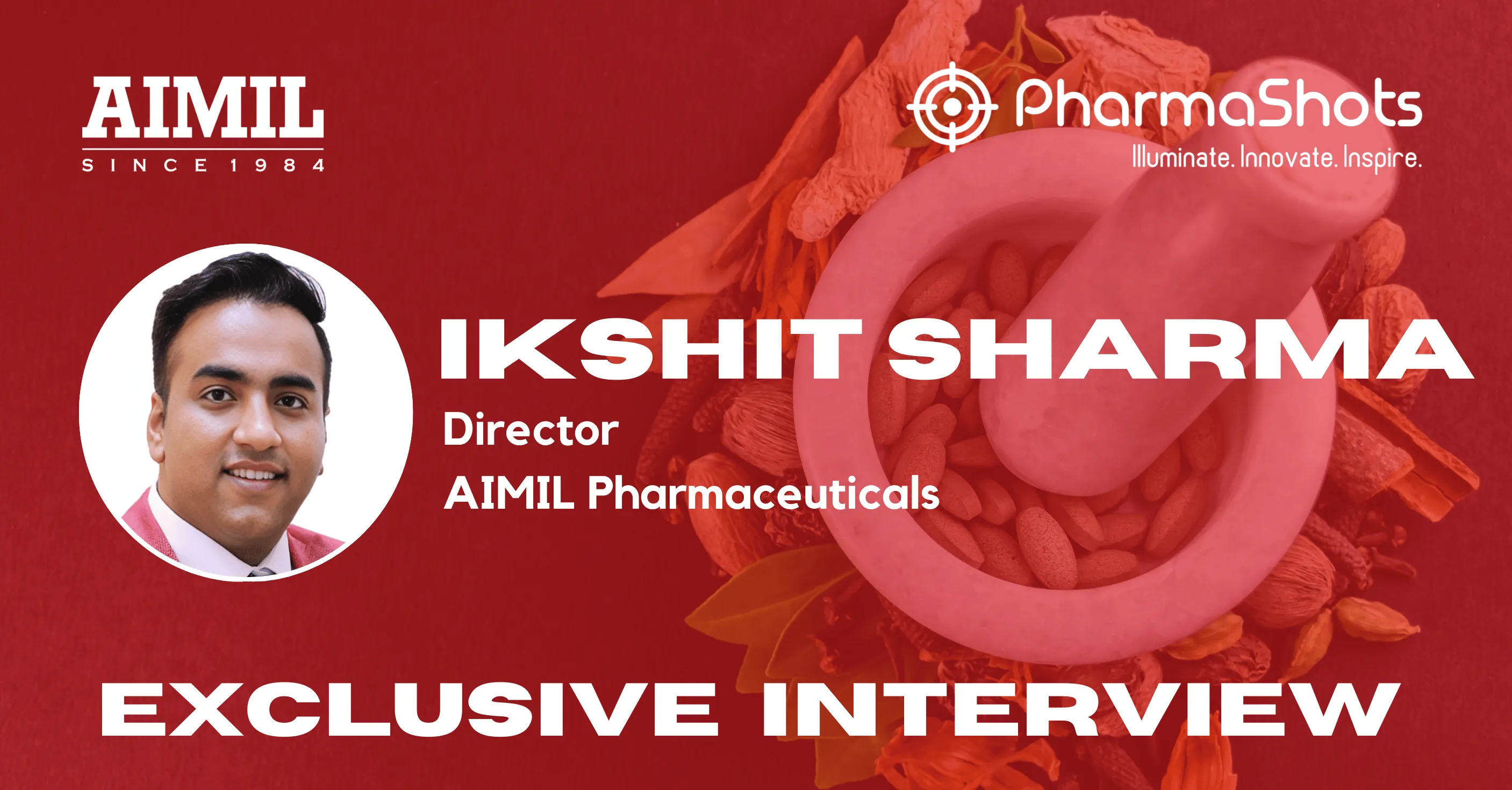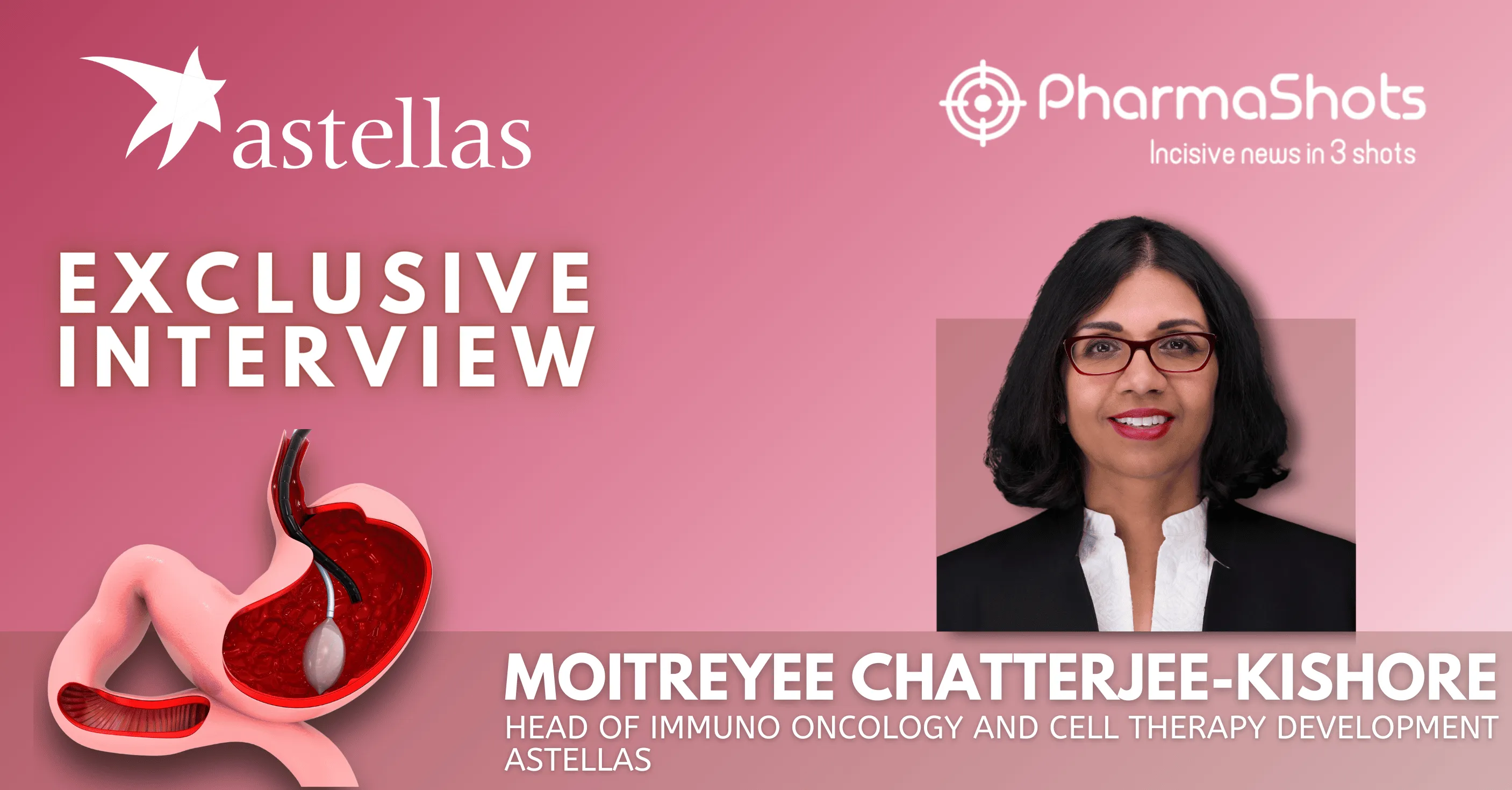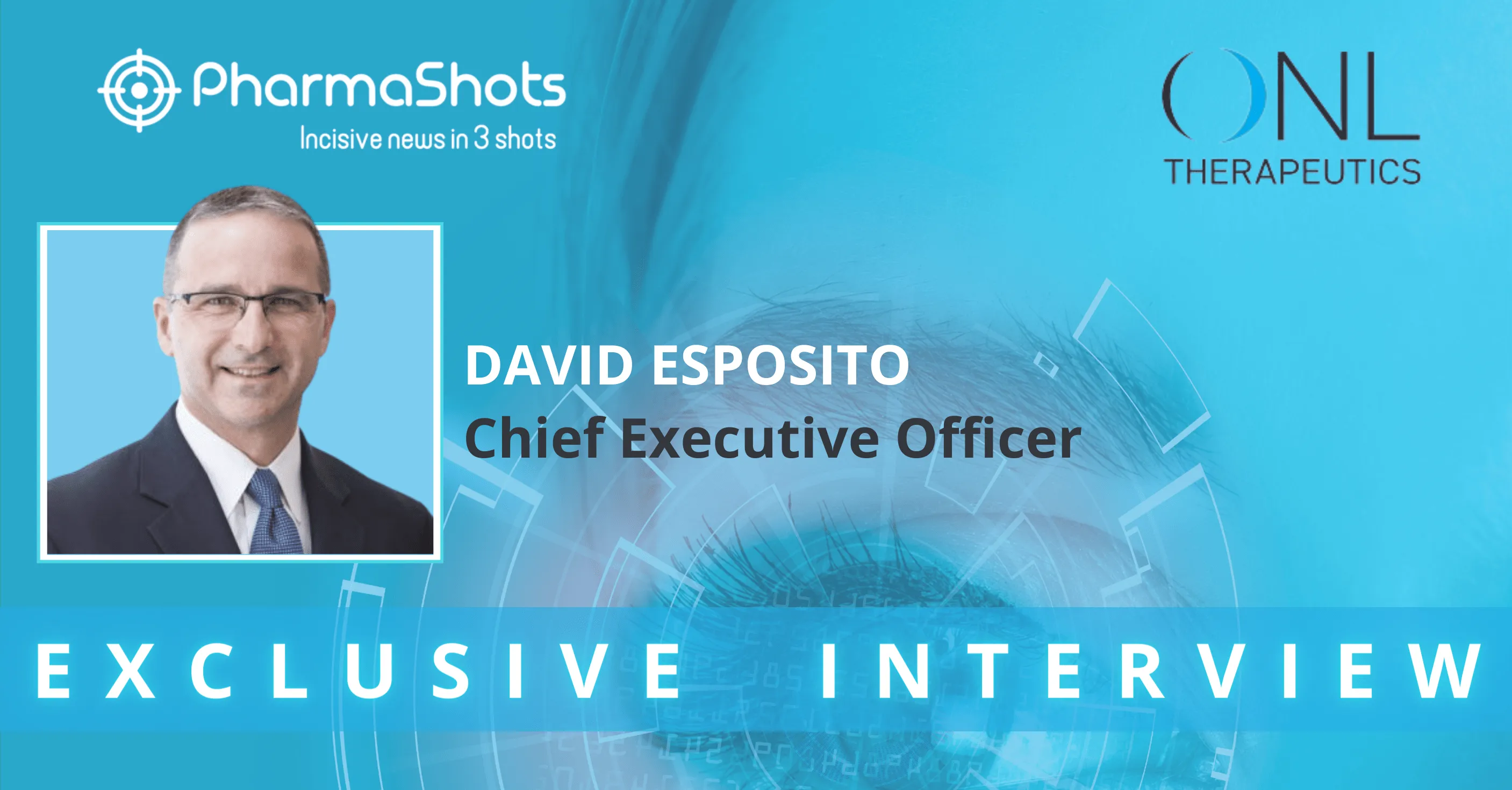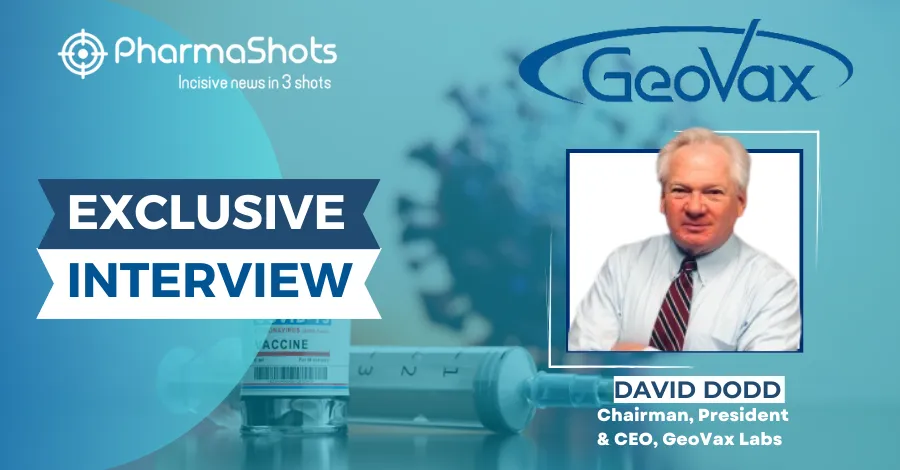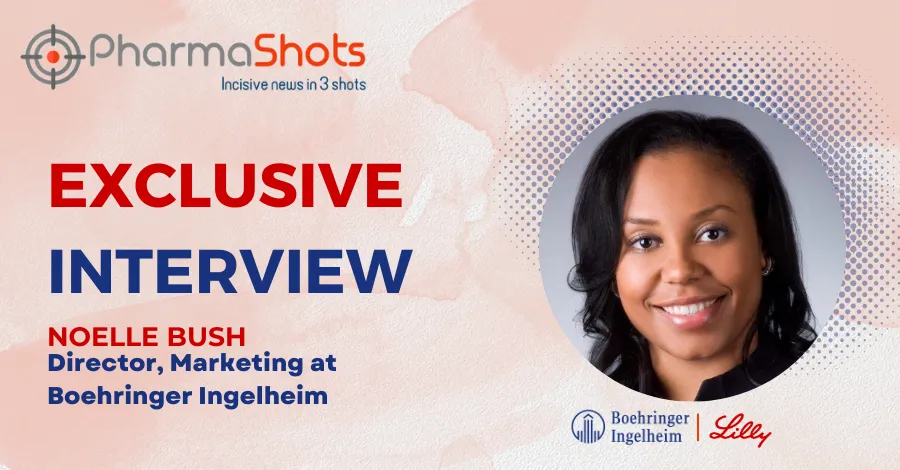
Anne Arnold, Senior Director, Education & Training at Smile Train Shares Insights on New VR Platform for Pediatric Surgery
Shots:
-
Anne started by talking about the launch of the first-ever cleft surgery virtual reality platform in collaboration with Biodigital, which simulates surgery on cleft lip and palate, a birth condition
-
Anne explained how the VSS VR Extension technology enables surgeons worldwide to collaborate in virtual operating rooms, ensuring safer surgery and better outcomes for patients with clefts
-
The interview showcases how Smile Train supports local medical professionals with training, funding, and resources to provide free cleft surgery and comprehensive cleft care to children globally
Conversation with Anne Arnold
Smriti: Congratulations on the launch of the cleft surgery virtual reality (VR) platform experience in collaboration with BioDigital. Please brief our readers about it.
Anne Arnold: We are thrilled to offer a free interactive virtual training experience to surgeons and clinicians working in the cleft space. The technology creates a level playing field for medical professionals because trainees anywhere in the world can meet in the metaverse operating room (OR) with trainers, mentors, and others to access real-time guidance and mentorship, with the goal to yield safer and improved outcomes.
Smriti: Tell us how this platform can bridge the gap in cleft surgery access and has improved surgery safety for children.
Anne Arnold: Children with clefts deserve high-quality, personalized nutritional support, surgeries, and other vital treatments from qualified local healthcare professionals, regardless of cost. Smile Train is driven by a desire to help patients, their families, and communities. Communities and families benefit the most because the technology can prepare surgeons, anesthesiologists, nurses, and other clinicians for worst-case scenarios and train them in strategic, lifesaving practices.
Smriti: As this platform is developed to simulate surgery on cleft lip and palate in children. Can you please give a glance at this birth condition in children?
“Smile Train is the world’s largest cleft organization and operates under the principle of a sustainable “teach a man how to fish” model, working to establish programs to enhance medical education & training and safety & quality”
Anne Arnold: A baby with a cleft is born into the world every 3 minutes. Cleft lip and cleft palate are surgically treatable facial anomalies. Of the 313 million surgeries worldwide each year, 6 percent occur in the poorest countries, where approximately 5 billion people have no access to surgical facilities. Children born with clefts experience isolation, often face prejudice in their communities and need more than just the surgical procedure. This often includes nutritional support, dental care, and speech therapy, among services. In low- and middle-income countries, enormous shortfalls in infrastructure, supplies, and appropriate clinical training pose major obstacles to children receiving corrective surgery.
Various approaches, including medical missions through other cleft organizations, are often inefficient, disempower local medical professionals, disrupt local health systems, and provide no opportunity for follow-up care of patients. Smile Train is the world’s largest cleft organization and operates under the principle of a sustainable “teach a man how to fish” model, working to establish programs to enhance medical education & training and safety & quality. The virtual reality platform offers a sustainable solution by training clinicians locally yet remotely through cost-effective technology.
Let us now talk about the Virtual Surgery Simulator (VSS) VR Extension technology and its unique features.
Smriti: Share your views on how the Virtual Surgery Simulator (VSS) VR Extension will give better outcomes for patients with clefts, raising the standard of care?
Anne Arnold: VR training programs are effective as low-cost, high-fidelity tools that improve procedure time, task completion, and accuracy (Mao et al., 2021). Virtual Reality systems are also low-risk and high-impact approach to training and assessing clinicians and patients. Traditional training programs require the participation and engagement of experienced specialists working with beginners, while VR courses do not.
Virtual reality offers the potential to enhance both technical (i.e., surgical) and non-technical (i.e., teamwork) skills training. It does not require geographic or scheduling limitations when deployed globally, with software updates performed remotely. Finally, the platform has been shown to improve knowledge and confidence of residents (Pulijawa et al., 2017), with a strong correlation between confidence and improved performance (Bucholz 2011; Geoffrion et al., 2013).
Smriti: Tell us how its multi-user experience is beneficial for clinicians and health care professionals?
“The multi-user experience provides trainees a simulated, real-life feeling of converging in an OR”
Anne Arnold: The multi-user experience provides trainees a simulated, real-life feeling of converging in an OR. Medical professionals with access to Wi-Fi anywhere in the world can learn and collaborate in a way that has not been possible before because the software and hardware have simply not been available. It’s an incredible experience to put on the headset in Washington, DC and enter the OR with colleagues from Kampala, Nairobi, Toronto, and elsewhere. Each team member can see and hear others in the room so an expert can train the group, or a team can walk through simulated emergency steps. There are countless options for training, mentoring, and refreshing skills to enhance safety and quality in the OR.
Smriti: Can you please elaborate on how this tool helps surgeons to improve their ability to practice surgeries?
Anne Arnold: We recently completed production of the obstructed airway module to review postoperative expectations and recovery from an emergency scenario. We are in the process of developing new tactics; for example, the technology is the first of its kind with the ability to draw on surfaces for surgical markings on cleft patients. We are currently developing this and more units from the VSS modules. Eventually the goal is to develop elements of perioperative surgery, including psychomotor skills such as suturing. Nontechnical skills such as teamwork and communication are also important in the realm of safety and quality to train and review checklists, guidelines, and collaboration among teams.
Smriti: How do you think this virtual platform can break down the physical barriers and lessen the expense for the exchange of information between expert and trainee clinicians?
“The platform is more than just technology– there are many other, broader implications for the global surgery landscape and the future of VR in the health space”
Anne Arnold: The ‘metaverse operating room’ is a teaching tool that represents a model for the future of global surgical training and has the potential to permanently change the course of medical education, while improving the lives of children born in the developing world with cleft lip and palate.
We are committed to investing in bettering health systems around the world. This new technology is a milestone in the fight for safe surgery for all, with a cost-effective, sustainable solution for the increased need for surgical access.
The platform is more than just technology– there are many other, broader implications for the global surgery landscape and the future of VR in the health space. We are collaborating to make an impact. We’re taking cutting-edge technology and giving everyone access to it. This platform has the potential to lead to more equitable care, more ethical and sustainable training practices, and better training for healthcare providers.
Smriti: Is Smile Train planning to develop more virtual body cloud platforms like these? What are its recent advancements in virtual reality?
Anne Arnold: Smile Train is currently developing more surgical modules, specifically the VSS units as well as in safety & quality related to anesthesia, and Comprehensive Cleft Care (nutrition, oral health, speech, and psychosocial needs).
About the Author:

Anne Arnold is the Senior Director, Education & Training at Smile Train. She leads the development and rollout of global education and training (E&T) programs, including leveraging technology and strategy to build partnerships and expand E&T offerings. She has 20+ years of experience teaching and training. She holds a Doctor of Education (EdD) and a Master of Science in Education (MSEd) from the University of Pennsylvania, an MA from Michigan State University, and a BA from the University of Michigan.
Related Post: Dr. Barbara Delage and Dr. Nicholas Kassebaum Shares Insights on Malnutrition-related Deaths
Tags

Senior Editor at PharmaShots. She is curious and very passionate about recent updates and developments in the life sciences industry. She covers Biopharma, MedTech, and Digital health segments along with different reports at PharmaShots.





